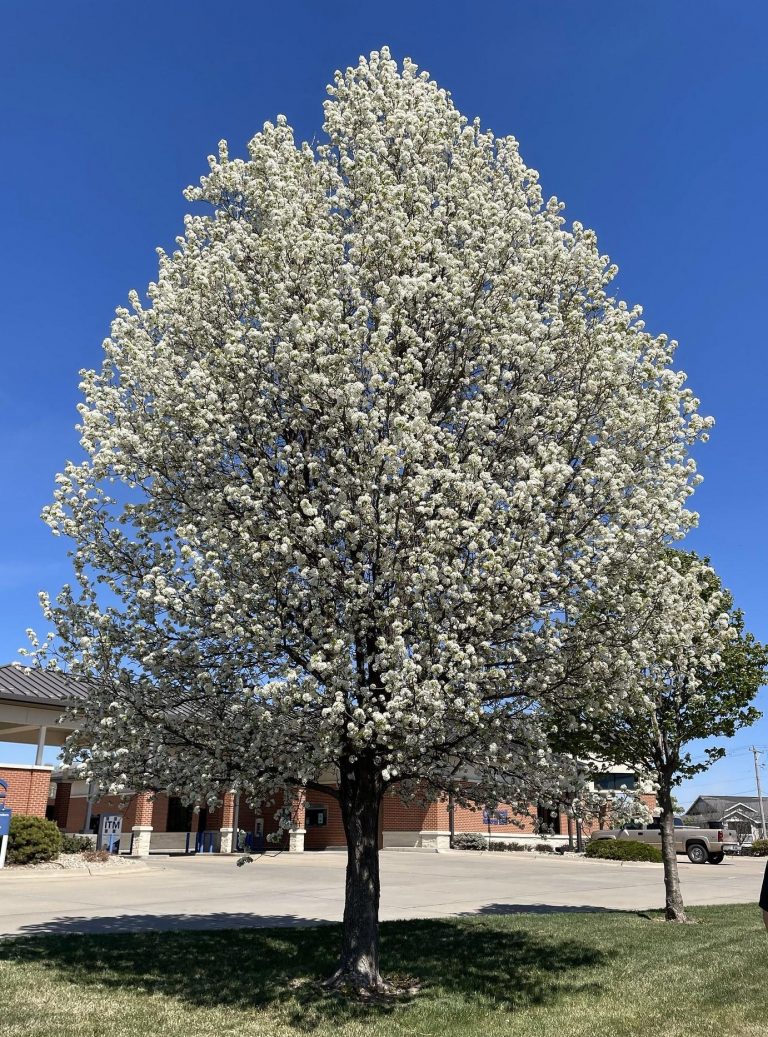Stilwell woman dies in weekend wreck
A Johnson County woman was killed Saturday night after her vehicle struck a bridge pillar on Interstate 35 near Williamsburg.The Kansas Highway Patrol said the crash occurred shortly before 10 p.m.
A Johnson County woman was killed Saturday night after her vehicle struck a bridge pillar on Interstate 35 near Williamsburg.The Kansas Highway Patrol said the crash occurred shortly before 10 p.m.

The story of the Union colonel from Linn County considered “The First Jayhawker” is told in a new book by two historians who grew up in neighboring Franklin County.Richmond natives Todd Mildfelt and David D.
The Franklin County Sheriff’s Office reported the following calls from April 3-April 3IncidentsA 64-year-old Quenemo woman reported she was accosted by her neighbors in the 2600 block of Arkansas Terrace, Quenemo, about a court case.April 4ArrestsAt about 9:05 a.m., Matthew Mickel, 34, Ottawa, was arrested in the 300 block of South Main Street, Ottawa, on two Franklin County District Court warrants for violating the terms of his probation.

This article has no body content. Login to continue reading Login Sign up for complimentary access Sign Up Now Close

Freya Lamm tries not to move as she stands perfectly still.Like a statue.But the moment passes and soon she giggles and plops down on the Lincoln Elementary Gym floor.
MANHATTAN – If you’re planning to plant a tree in your yard this spring, there are some steps you can take to make sure your new landscape has its best chance of success.Kansas State University horticulture expert Cynthia Domenghini shares the following 10 rules for planting trees:Select the right tree for the site.To avoid serious problems, choose trees that are adapted to your location.
Business of the WeekCity Hall was the destination for Donuts for Do-Gooders Business of the Week this week.

MANHATTAN – A Kansas Forest Service official is urging Kansans to be on the lookout for a pair of invasive species that threaten the state’s forests and ecosystems by pushing out native vegetation.Ryan Rastok, the forest health coordinator with KFS, said Callery pear and bush honeysuckle are especially meddlesome this time of year.“I was flying back from Georgia into Kansas City recently and as we were flying into the airport, I could see an abundance of callery pear, even from the plane,” Rastok said.Native to China, the Callery pear includes 26 cultivars that present significant ecological concerns in Kansas and Missouri.

Between 1934 and 1943, the U.S.
A conversation overheard by a concerned parent Wednesday as school was letting out for the day prompted a joint investigation by the Wellsville Police Department and the Wellsville School District.District officials said the incident occurred on March 27 as students were being dismissed for the day.